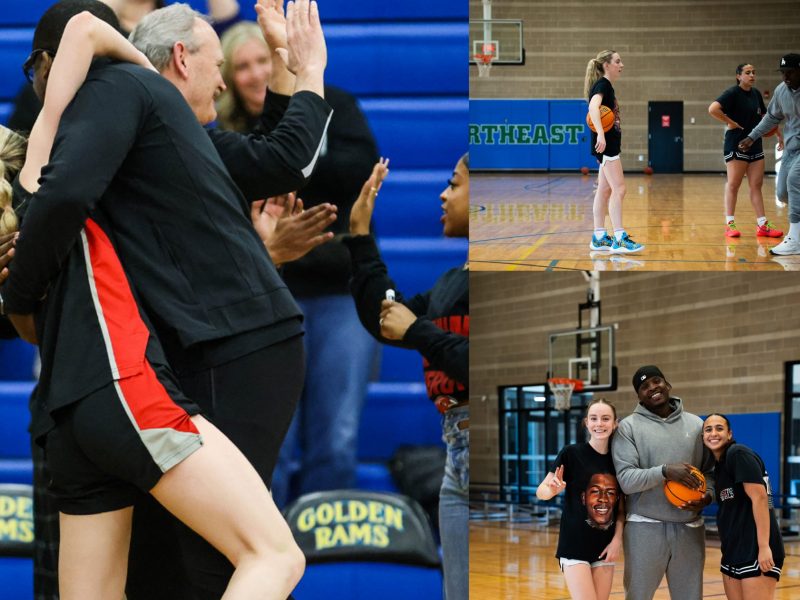Portraying how dinosaurs behaved in prehistoric times onscreen is no easy feat — unless you’ve got university paleontologist and geology lecturer Tom Holtz working on your team.
“Dinosaur Revolution,” a four-part miniseries which made its Discovery Channel debut on Sunday, enlisted Holtz as a consultant during production to ensure the accuracy of the science behind the dinosaurs and situations depicted on the show. While the documentary is based in fact, the one-hour episodes follow dramatic plotlines that make the dinosaurs come alive.
Holtz — who has worked as a consultant on several other documentaries, including the 1999 production of “Walking with Dinosaurs” — said this type of storytelling for entertainment and education about dinosaurs is the first of its kind to hit the small screen.
“In order to get the audience interested … you’ve got to give them a little personality,” Holtz said.
While animators were responsible for telling the stories through art, Holtz acted as a detail-oriented resource to vouch for the science behind their actions, and he often reviewed storyboards to offer up suggestions for improvements.
“I was brought on to help pitch ideas, it didn’t.”
In any case, Holtz was able to make his voice heard in determining the finished product. For example, he made the suggestion to change the setting in an episode from western North America to Portugal to give viewers the chance to learn about dinosaurs that aren’t well-known.
And some scenes were even inspired by fossils Holtz has uncovered in his own research, including an allosaurus’ smashed lower jaw which was shown to be the result of another dinosaur’s tail whip to the face in one episode. Another episode showed tyrannosauruses biting each other, reflecting the face wounds and puncture marks found in their fossils.
“We know that they would occasionally wrestle around by grabbing each other’s faces,” Holtz said.
Other portions of the show are based on modern animal behaviors, though Holtz said their speculations weren’t too far off base. The pilot episode showed a gigantoraptor performing a mating dance based on the rituals of reptiles and birds.
“We’ll never know what dances it had because that sort of stuff doesn’t preserve,” he said. “But they certainly had something.”
And thanks to updated findings on the dinosaurs’ physical appearance, the show was able to present more realistic looking animation.
“One of the bigger discoveries in the last 15 years is that many of the carnivorous dinosaurs had fuzz or feathers outright,” Holtz said.
While creating the show was an extensive, multi-year process, Holtz’s colleagues said there was no one more suited for the job.
“Tom is an absolutely obsessively driven individual where dinosaurs are concerned,” geology Undergraduate Director John Merck said. “His is a name that basically anyone involved in dinosaur evolutionary research is familiar with.”
And this summer’s Comic Convention in San Diego sparked interest with filmmakers to create a longer version of the show for the big screen based around the same concept, so perhaps this is only the beginning for this type of dinosaur storytelling.
“The hope is that in having fun [viewers] actually learned something from watching it,” Holtz said.
“Dinosaur Revolution” airs Sunday nights at 9 p.m. on the Discovery Channel.
marcot at umdbk dot com


